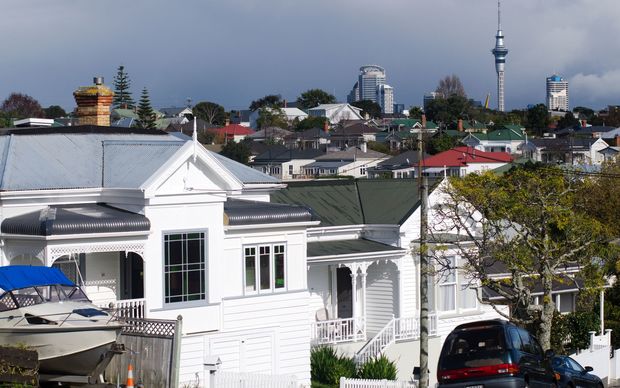PHOTO: St Stephens, nestled in the Bombay Hills, is now undergoing a major renovation. LAWRENCE SMITH/STUFF
New Zealand’s oldest boarding school, St. Stephen’s, situated in the Bombay Hills, is currently undergoing a significant transformation to reopen its doors to students in 2025. The windows are presently boarded, and the walls show signs of peeling paint, signaling the extensive work required to make the school suitable for students.
Originally named Te Kura o Tīpene, St. Stephen’s School commenced its educational journey in 1848. However, approximately 150 years later, it faced closure due to allegations of bullying and performance concerns. Despite these challenges, the community’s perseverance, particularly from dedicated alumni advocating for over two decades, has paved the way for the school’s imminent reopening.
Nathan Durie (Ngāti Kauwhata), a former pupil of St. Stephen’s from 1977 and later a vice-principal, along with his wife Yvette McCausland-Durie, is leading the charge in reviving the school. Their vision is to co-run the institution upon its reopening in 2025. Durie reflects on his positive experiences at Tīpene, emphasizing its role in celebrating Māori identity.

The current renovation initiative aims to address not only the physical state of the school but also its educational mission. Durie envisions St. Stephen’s as a catalyst for closing the achievement gap faced by Māori boys, emphasizing a focus on transformative teaching methods and instilling a sense of purpose and responsibility.
While the school’s enrollment capacity is set to be initially limited to 30 students when it reopens in 2025, there has been a remarkable response from the community, with 150 enrollment applications already received. This overwhelming interest reflects the profound connection and importance the school holds for its community, providing a sense of belonging and accomplishment.
Despite the significant progress made in the demolition phase of construction, with $4 million spent on removing lead, asbestos, and scrapping buildings, the construction is not funded by the Ministry of Education. The specific classification of the school, whether as a special character school, charter school, or private school, is yet to be determined. The construction is expected to continue beyond the reopening, with some buildings not ready for students until 2030.
Adam Martin, the general manager of the Anglican Church trust board that owns the property, expresses enthusiasm for the project, emphasizing the careful preservation of the three main buildings due to their sentimental value. St. Stephen’s co-principal, Nathan Durie, echoes this excitement, stating, “We have big goals” as the school prepares to embark on a new chapter in 2025.
SOURCE: STUFF










